When Mark Menjivar was in middle school, he’d always put his left shoe on before his right, and he’d always make a wish at 11:11. A few years ago he was in a bookstore in Fort Wayne, Indiana, when he opened up an old volume called 1,000 Facts Worth Knowing and found four four-leaf clovers pressed inside.
“Finding that was so much better than finding money because of the possibilities that exist inside it. I started thinking about luck in my own life,” he said. “Then I started talking to people and the more I talked the crazier, funnier and more interesting stories I heard.”
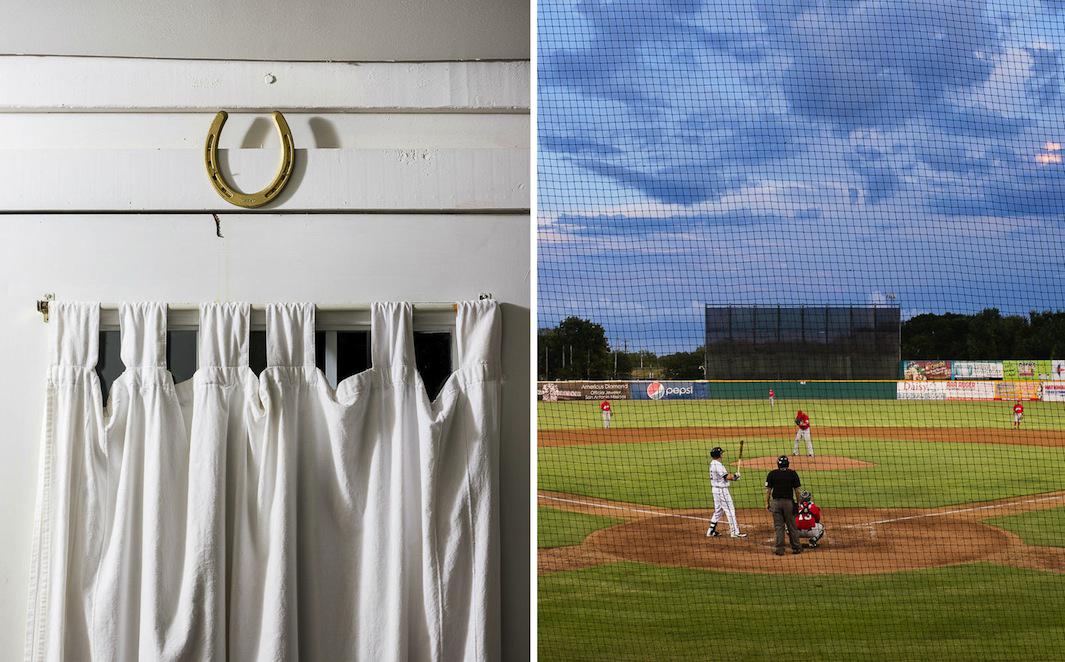
Mark Menjivar
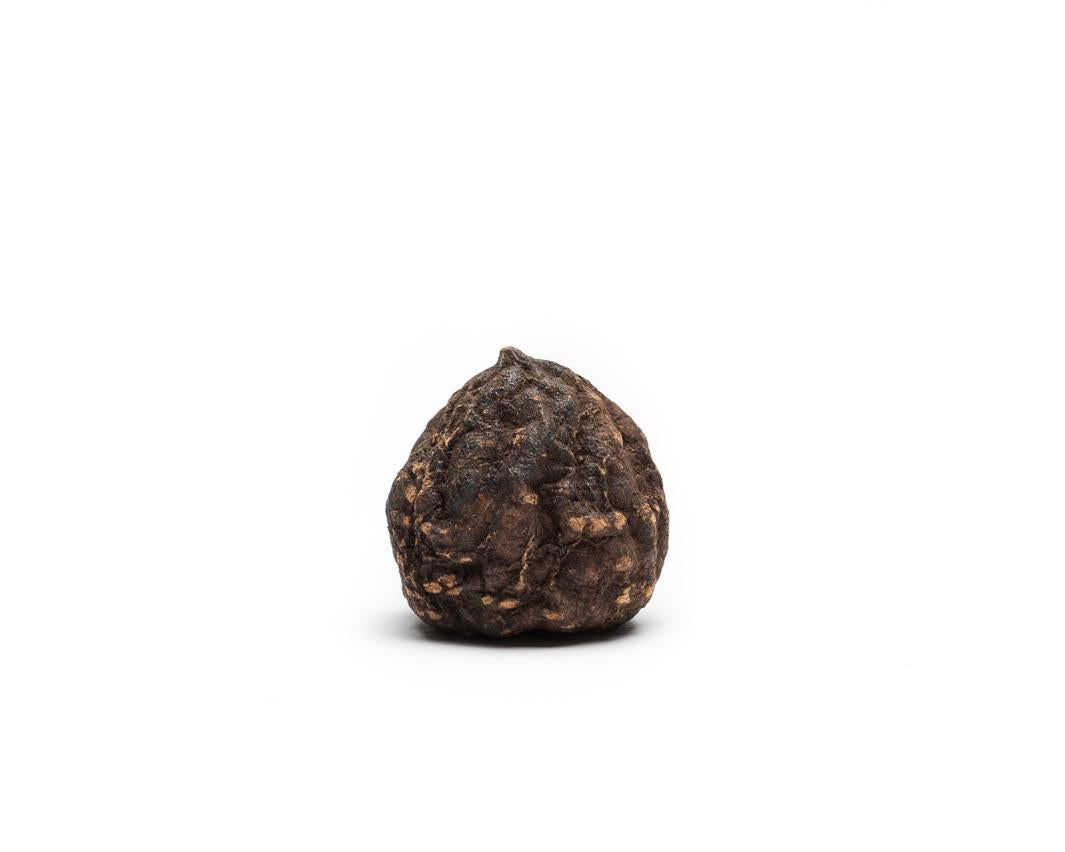
Mark Menjivar
In the few years since he started talking to people about their lucky objects and superstitious beliefs, he’s learned about some crazy rituals. His book, The Luck Archive, which Trinity University Press will publish on June 16, contains selections from the more than 450 objects, photographs, and stories he’s collected.
People also started giving him things: a grandmother’s ring, an amulet purchased at Turkey’s Grand Bazaar, a Reggie Miller basketball card. “A guy gave me his lucky underwear. I sat next to him on an airplane; he was a motivational speaker from San Antonio. He estimated he gave 900 talks in that pair of underwear alone,” Menjivar said.

Mark Menjivar

Mark Menjivar
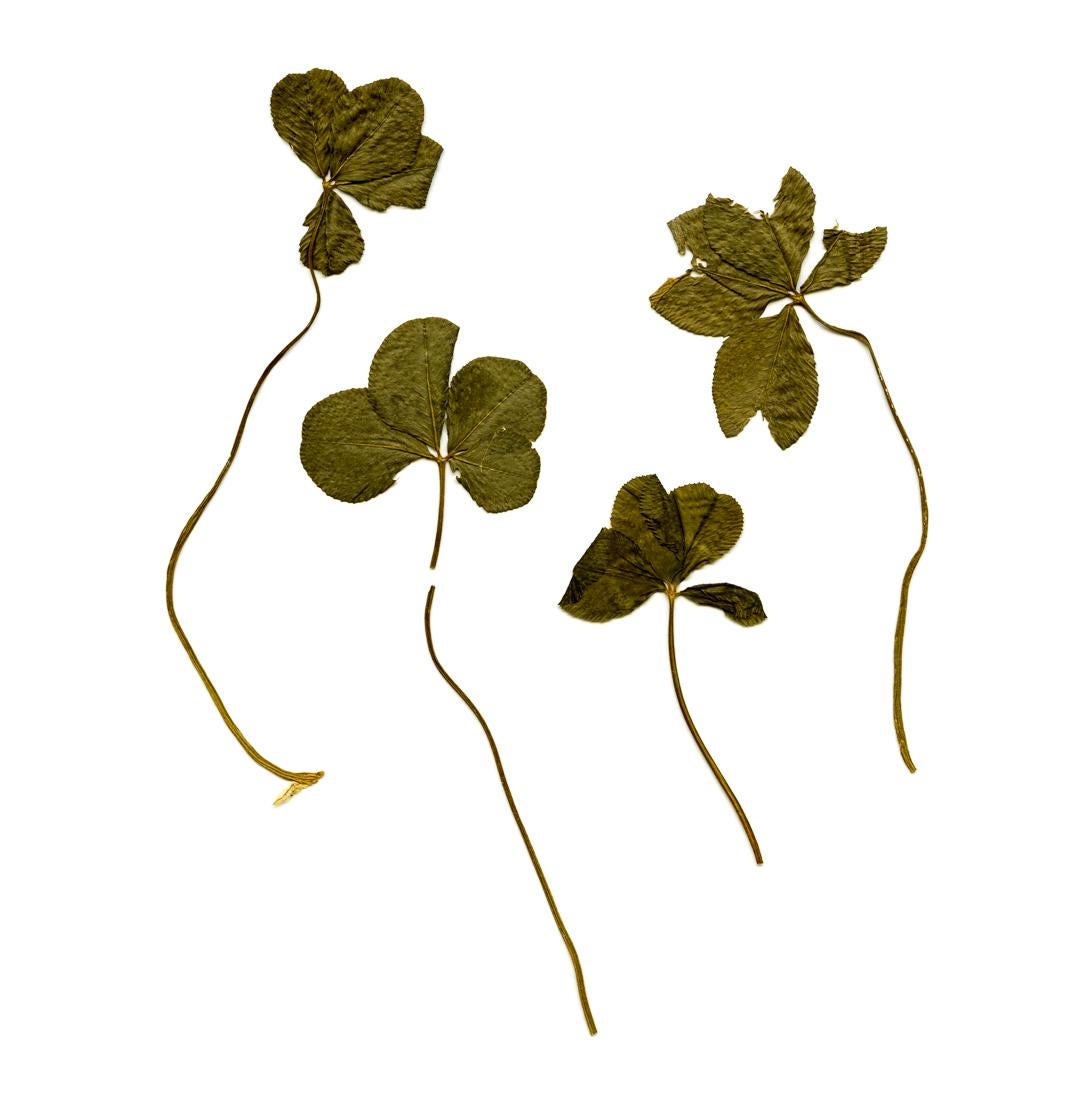
Mark Menjivar
The photos of objects against a white background depict the lucky charms that Menjivar has taken home with him, which he stores in boxes and storage containers in his San Antonio studio. Other photos show things he’s seen but not taken—a basket of lucky quartz in a gift shop, for instance—as well as people he’s encountered, like a fan at a baseball game who won a new car, and places he’s visited, like the businesses in his city that contain the word luck or lucky in their names.
Other photos in the collection are submissions from people he’s met, including one of a double rainbow. One man has sent him more than 100 photos of clocks when the time was 11:11. This part of the project is important to Menjivar, as it reflects his conviction that virtually everyone has some belief about luck. His goal, he says, is not to scrutinize those beliefs but to present them as part of a colorful and diverse tapestry.
“Luck is about making connections between things. Inside of that diversity, there is no one unifying thing. You can’t really nail down a total definition of it. One thing for me that’s really important about the project is to not try to be a gatekeeper in any way, to say what luck is or what luck isn’t. It’s more about creating a structure to share peoples’ beliefs, their thoughts, the things they do. If someone says, ‘I put an acorn behind my ear before I go to bed,’ who am I to say that’s not lucky?”
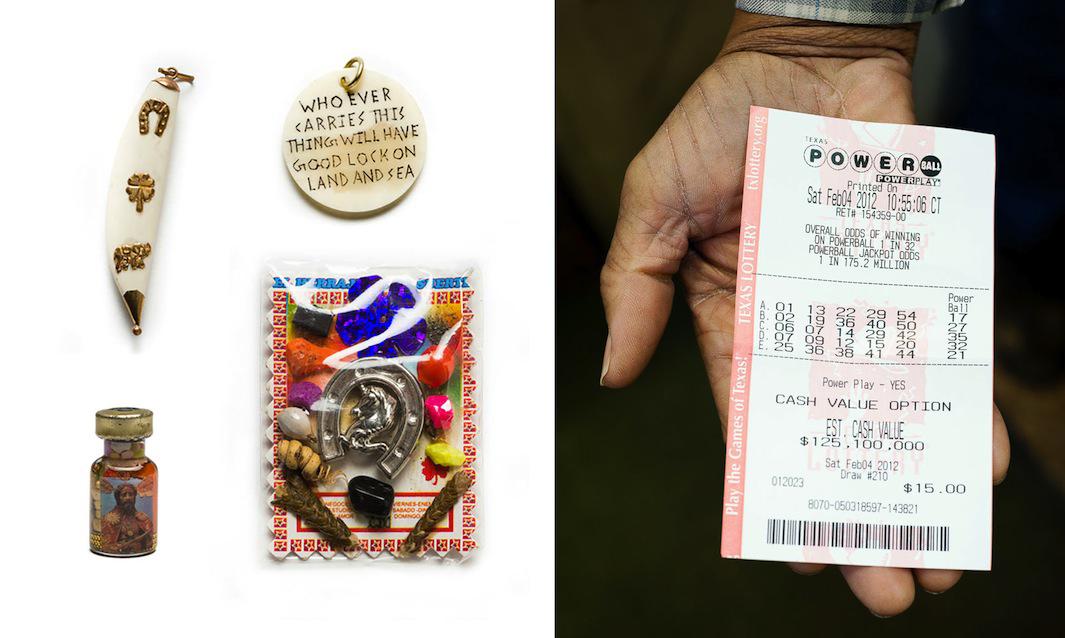
Mark Menjivar
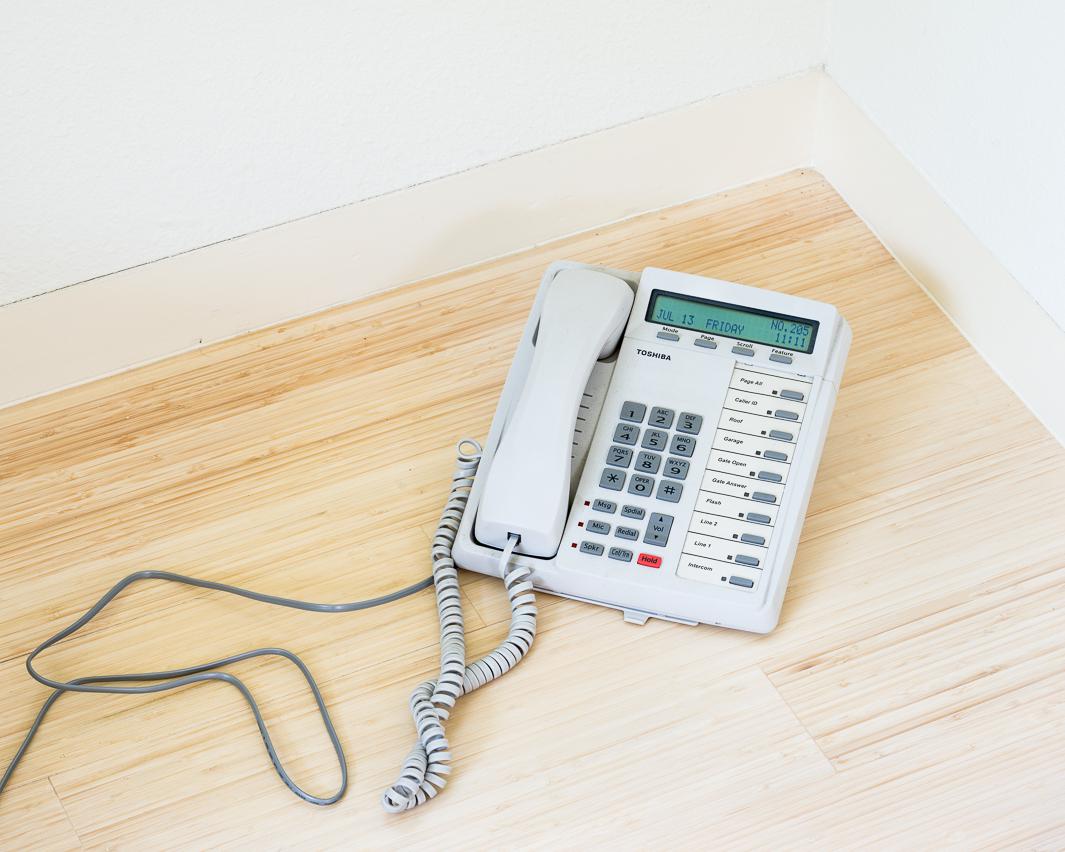
Mark Menjivar
